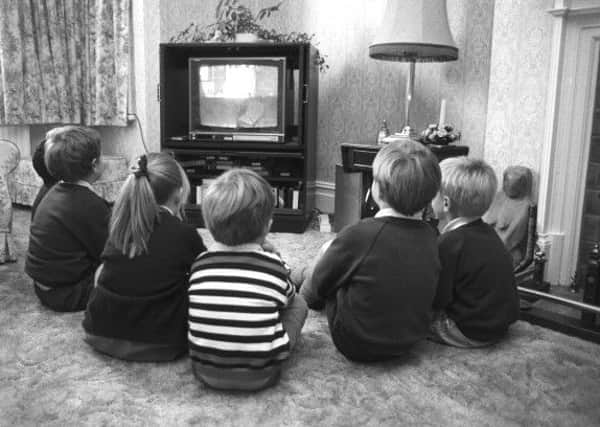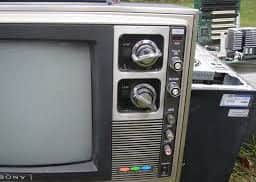Over 50 local homes still watching black and white TVs


TV Licensing has branded the number of licenses for the old-style TVs in the city and town as “astounding”.
In total, 36 families in Derry currently hold licenses restricted to black and white television sets.
Advertisement
Hide AdAdvertisement
Hide AdA further 16 households in Limavady are still watching television in black and white, according to the TV licensing officials.


They are among more than 9,000 households in Britain and the north who are still watching black and white TV.
The cost of a black and white TV Licence remains frozen at £49, while a colour licence now costs £145.50.
The new figures come nearly 50 years after former BBC Two controller David Attenborough raced to broadcast colour TV in the UK ahead of his German television colleagues.
Advertisement
Hide AdAdvertisement
Hide AdTV Licensing officials said that despite the switchover to digital transmissions and an increase in the use of HD televisions as well as tablets and smart-phones to access TV content, some households are still shunning the attractions of 21st Century technology and opting to retain or buy the old vintage sets.


The number of black and white licences issued each year has, however, steadily been declining.
In 2000 there were 212,000 black and white TV Licences in place, but by 2003 that number had shrunk to 93,000 and in 2006 the number stood at less than 50,0002.
Caoimhe Moore, spokesperson for TV Licensing, said: “It’s astounding that more than 35 households in Derry still watch on a black and white telly, especially now that over half of homes access TV content over the internet, on smart TVs.
Advertisement
Hide AdAdvertisement
Hide Ad“Whether you have the latest 4K TV or a black and white set from the 1970s, however, if you are watching or recording live television, then you do need a TV licence.”
Media historian and author, Don Anderson, said: “In the early days of television in Northern Ireland, all TVs were of course black and white. Flat screens, colour, high definition and remote controls were the stuff of science fiction and the picture often need to be stabilised with controls for horizontal and vertical hold. The idea of more than one television set in the house was for the rich.
“As colour sets have become the norm, today’s generation naturally views black and white TV sets as a historical relics. It is therefore noteworthy but it is fascinating to see that there are still quite a few black and white TV set owners across Northern Ireland.”
According to this year’s figures, London leads the way in black and white penetration, followed by Birmingham and Manchester.
A TV Licence is needed if you’re watching or recording programmes at the same time as they’re shown on TV, and can be bought online in minutes at www.tvlicensing.co.uk/info.